Alumni

Haleem G. Azmy, MS
- Phone: 314-420-1601
- Email: hazmy@wustl.edu
Haleem graduated with his masters in Applied Physics from the University of Missouri – St. Louis in 2016. He began work at Washington University in the Radiation Oncology department in 2016, and is excited to continue his work in Ances Lab. He is interested in imaging methods and how aging and Alzheimer’s affect the brain.

Matthew Brier, MD, PhD
- Email: brierm@wustl.edu
Matthew Brier completed his undergraduate education at the University of Texas at Dallas (BS, Neuroscience) before joining the Medical Scientist Training Program (MSTP) at Washington University in St. Louis. He completed his PhD in the Ances lab studying the impact of pre-clinical Alzheimer’s disease on brain structure and function. He received his MD from Washington University in St. Louis and stayed at Barnes Jewish Hospital for residency training in Neurology. He currently serves as an Administrative Chief Resident for the Department of Neurology. He has accepted a position as Instructor in the MS/Neuroimmunology section of the Department of Neurology at Washington University in St. Louis. He currently uses neuroimaging tools to study disability and progression in Multiple Sclerosis.
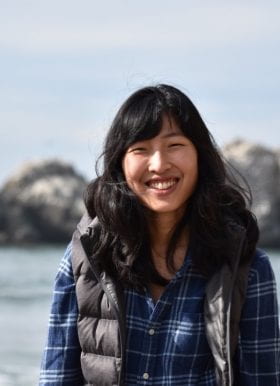
Gina Chang, MD, MPH
- Email: gchang0918@gmail.com
Gina worked in the Ances lab as an undergraduate student at Washington University in St. Louis, where she studied neuroscience. She wrote her undergrad thesis on the effects of early life stress on functional connectivity in individuals living with HIV. She has since earned her MD and MPH from the University of Pennsylvania and is currently completing residency in Child Neurology at the Children's Hospital of Philadelphia. Her clinical and research interests include neuro-infectious disease and health equity.
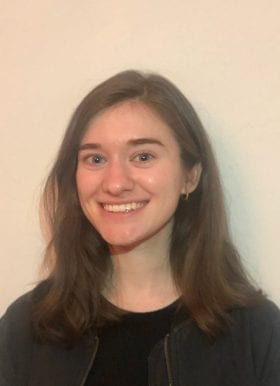
Michelle Glans
- Phone: 314-362-3629
- Email: michelleglans@email.wustl.edu
Michelle is a sophomore at Washington University in St. Louis, pursuing her B.S. in Biomedical Engineering. She has been working in Ances Lab since the fall of 2018, and is excited to continue working and explore neuroimaging, in the hopes of combining her love of engineering with that of neuroscience. In her free time, Michelle enjoys writing, film-making and petting dogs.
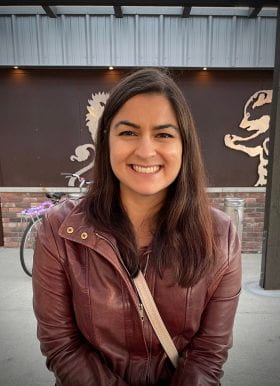
Anika Guha, M.A., C.Phil.
- Email: anikaguha@ucla.edu
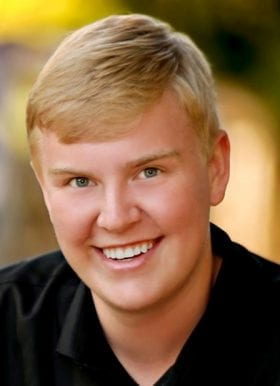
Collin B. Kilgore
- Phone: 314-362-3629
- Email: ckilgore@wustl.edu
Collin is a junior at Washington University in St. Louis pursuing a B.S. in Chemical Engineering and Applied Mathematics. He is excited to have the opportunity to work with the Ances lab to further explore the field of neuroimaging and neurodegeneration. He is interested in white matter hyperintensities and their link to the progression of Alzheimer’s Disease. When not working in the lab, you can find Collin singing along with his a cappella group, catching up on the latest Netflix blockbusters, or exploring the city of St. Louis.
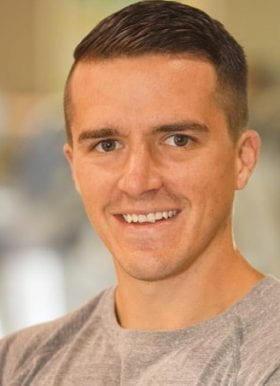
Alex Rosenow, BS
Alex is a certified strength and conditioning specialist and worked as a clinical research study assistant in the Ances Lab as the Trainer for the Exercise and Aging Study. He has a BS degree from the University of Southern Illinois Edwardsville and has experience working in clinical research studies focusing on the benefits of exercise. He has worked on multiple projects focused on memory, aging, HIV and Alzheimer’s disease. Alex was with the Ances Lab from 2016-2020.

Dimitre N. Tomov
- Phone: 314-747-4621
Dimitre is a Washington University graduate with Masters in Electrical Engineering. For more than a decade, he has been involved in modeling of human motor control by the Central Nervous System (CNS). He was interested in multivariate modeling of not only what brain regions are involved in some function, but also how impairments and diseases are encoded and modify brain-activity patterns. Specifically, the methods of Representational Similarity Analysis (RSA) coupled with the explosive evolution of machine learning tools, e.g. nilearn, greatly facilitate such investigation as well comparisons across imaging modalities, models, individuals and species.